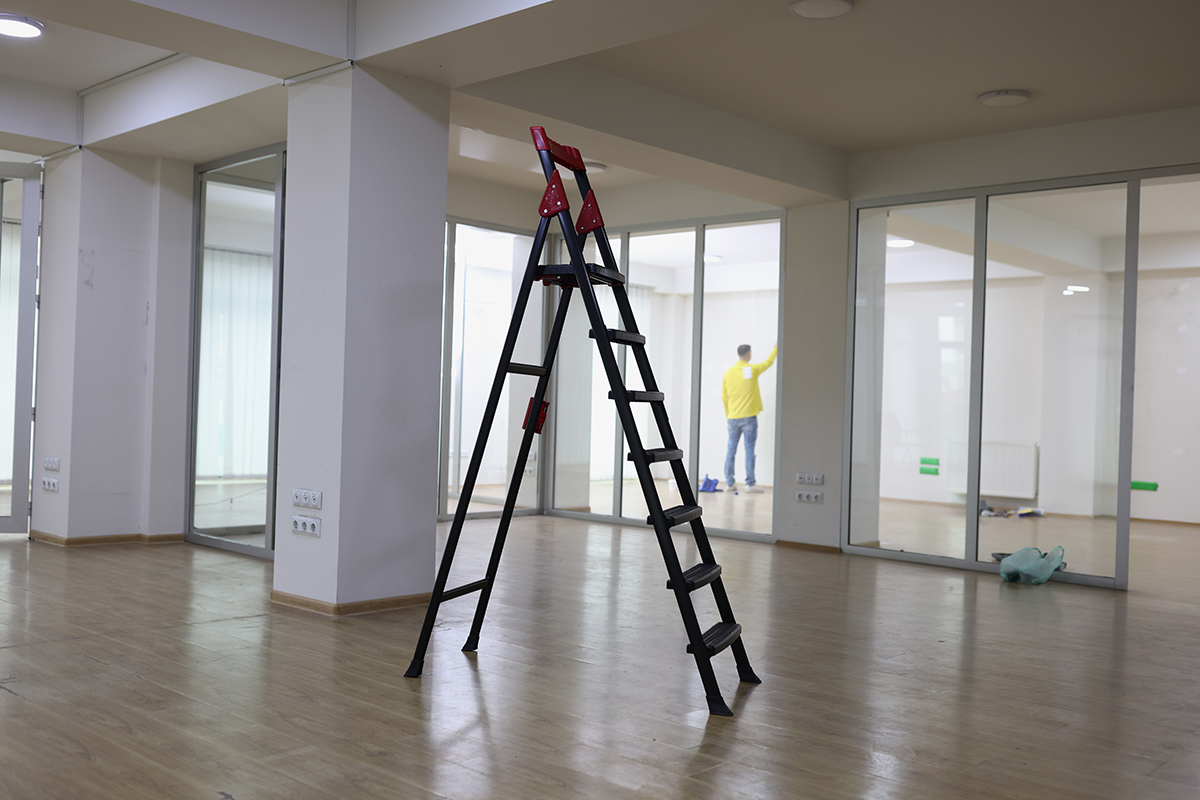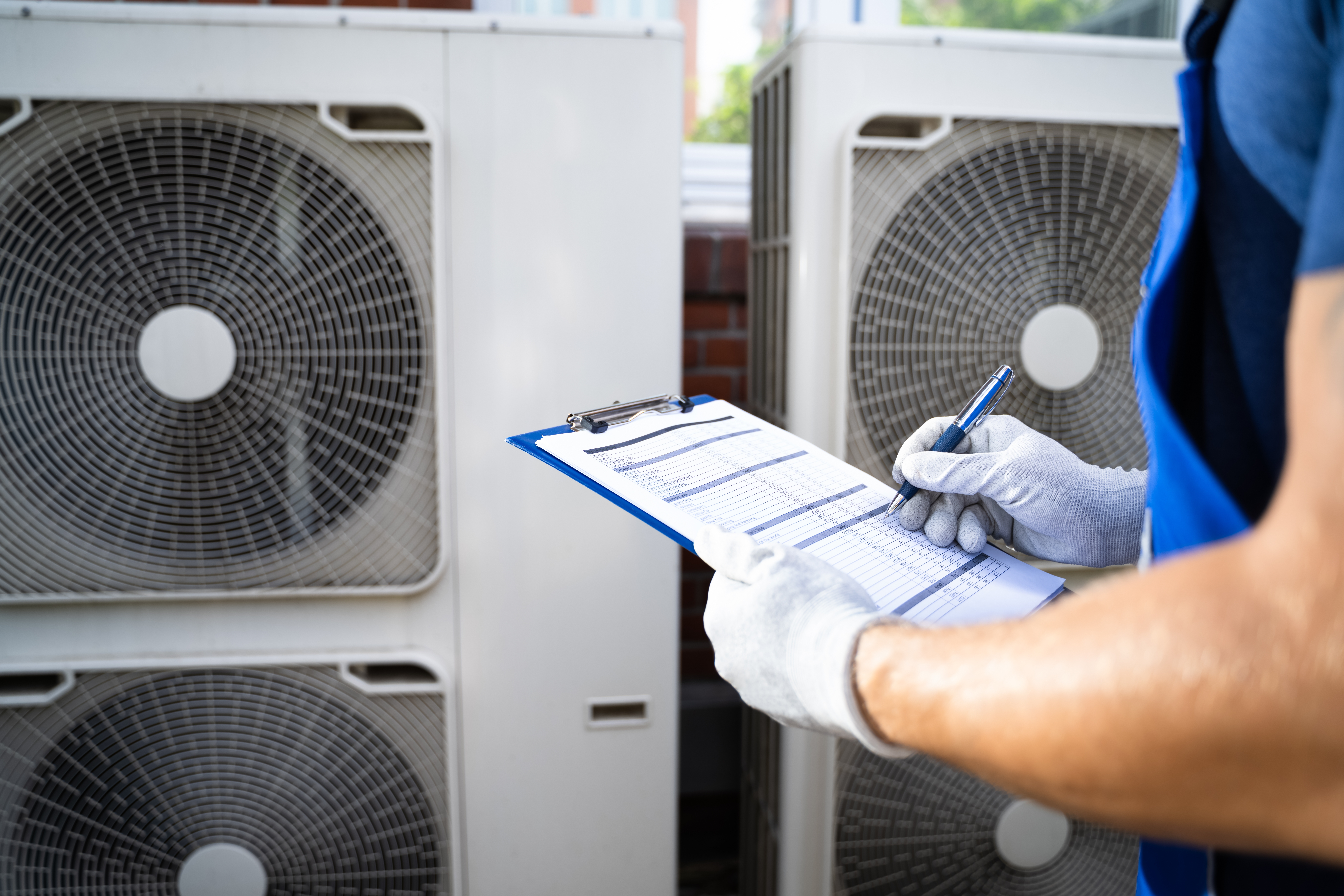
As a landlord or property manager, keeping up with your properties is an important responsibility to maintaining a property. But upkeep means more than nicely cut grass and fresh paint. Upkeep includes planning for and making tenant improvements. Understanding those improvements and their importance can help make the planning process much easier. Follow along with us as we break down everything you need to know.
What are tenant improvements?
In real estate, tenant improvements are any changes or repairs a landlord makes to the property as a part of the lease agreement. These changes are typically made for commercial properties to configure the space for any particular tenant and their business or operational needs.
Tenant Improvement Allowance (TIA)
A standard lease agreement usually includes a special provision to allow a budget for the tenant to make changes to the rented spaces. This is called a tenant improvement allowance. A Tenant Improvement Allowance (TIA) is a budgeted amount agreed upon between the landlord and the tenant dedicated to special changes. A dollar amount of square footage of the lease spaced often breaks down TIA. The allowance covers costs related to the improvements, such as materials and labor, and sometimes design and architectural services.
How to Calculate the Tenant Improvement Allowance
Even with the fluctuating costs of materials and labor, as a landlord or building manager, there are methods for determining the costs that factor into the tenant improvement allowance. Below is a breakdown of the basic calculation:
Determine the Total Allowance:
This is often a product of the square footage of the space being leased and the agreed-upon allowance rate. For example, if the space is 5,000 square feet and the allowance is $20 per square foot, the total allowance would be $100,000.
Budgeting and Estimates:
The tenant, often with the help of contractors, will prepare detailed estimates of the work required. This includes all aspects of the improvements, from structural changes to finishes.
Negotiating Above-Allowance Costs:
If the estimated costs exceed the TIA, the tenant and landlord can negotiate how to cover these additional expenses. Options may include the tenant paying the overage, the landlord increasing the allowance in exchange for a higher rent, or a combination of both.
Consideration of Amortization:
In some cases, the cost of the improvements above the allowance is amortized over the lease term. This means the tenant will repay the additional cost as part of the monthly rent.
Common Tenant Improvements

Every space and tenant need is different. However, there are common improvements that one should account for and even allow for within their tenant improvement allowance and terms. Some of the most common tenant improvements include:
Electrical System Upgrades:
Electrical upgrades are very common for tenants with high power demands, such as tech companies, manufacturers, and healthcare. Tenants may want simple fixes such as newly upgraded light fixtures, complex mass communication systems, or high-capacity circuit breakers.
Plumbing and Water Efficiency:
For tenants with high water usage, such as restaurants, upgrading plumbing fixtures to more efficient models can reduce water usage and costs. This might involve installing low-flow toilets and faucets or upgrading to on-demand water heating systems.
Sustainable Building Materials:
Using sustainable, non-toxic building materials and finishes can improve indoor environmental quality and support a tenant’s sustainability goals. This includes low-VOC paints, recycled flooring materials, and energy-efficient windows. In some cities and states, new construction and remodels may be required to adapt to sustainable materials.
HVAC:
Retrofitting new or graded HVAC equipment is one of the most common tenant improvements. Upgrading to more modern and efficient equipment is very beneficial for tenants. Upgrades may include advanced filtration to reduce pollutants and smart technology integration for automated, zone-specific climate control. These systems not only adjust to occupancy levels and reduce energy consumption but also support the health and well-being of occupants. Offering state-of-the-art HVAC solutions can significantly increase a property’s attractiveness and value.
Flooring:
Upgrades to flooring in commercial spaces can align the environment with business needs and aesthetic requirements. High-quality materials like luxury vinyl tile and polished concrete enhance durability and simplify maintenance, boosting employee comfort and productivity while creating a welcoming customer atmosphere.
The benefits of tenant improvements are mutual: landlords and tenants can customize spaces to meet the needs of their businesses while adding value to their property. However, understanding the basics of a tenant improvement agreement, including who pays for what and how much control the tenant has over the renovations, is important. By effectively negotiating the terms of tenant improvements, businesses can create a space that not only meets their operational needs but also provides an environment that reflects their brand and enhances their employees’ and customers’ experiences. To learn more about tenant improvements, contact Division 9 Commercial Construction.
